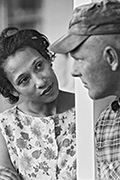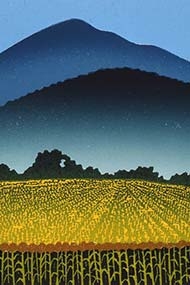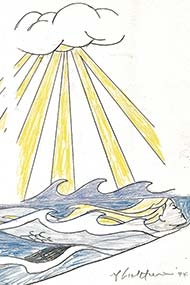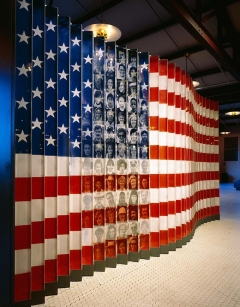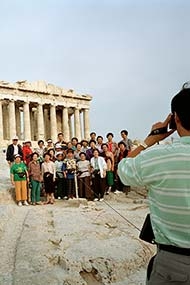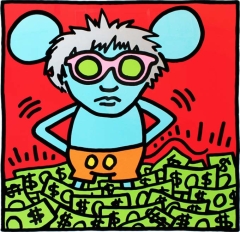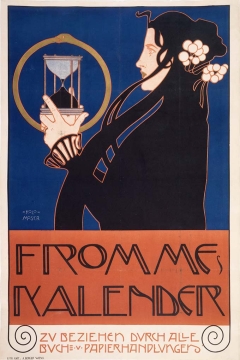An Influential Love Story in Black and White
On May 26 the Middlebury College Museum of Art opens The Lovings, an Intimate Portrait: Photographs by Grey Villet in its Overbrook Gallery. The exhibition, which features twenty photographs by Grey Villet drawn largely from his germinal 1965 LIFE magazine photo essay telling the remarkable and epochal love story of interracial couple Mildred and Richard Loving, takes its name from the recently published book, which presents that photo essay in its entirety for the first time.

